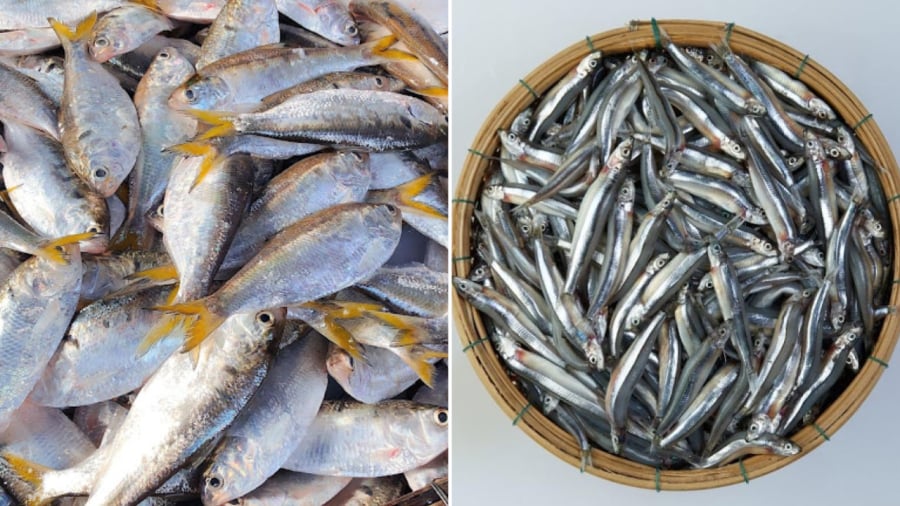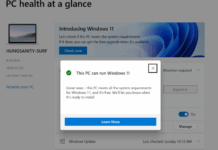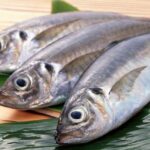The Benefits of Omega-3 Fatty Acids for the Body
Omega-3 fatty acids are essential for the body to function properly, especially for brain health. Adequate intake of omega-3 is associated with a reduced risk of cardiovascular disease. According to the National Institutes of Health in the United States, men require 1600mg of omega-3 per day, while women need 1100mg.
Omega-3 fatty acids are found in fatty fish, algae, and some plant sources. Fatty fish, such as salmon, are particularly rich in two key omega-3s: eicosapentaenoic acid (EPA) and docosahexaenoic acid (DHA). Meanwhile, alpha-linolenic acid (ALA) is a plant-based form of omega-3.
Several health organizations recommend that healthy adults consume 250-500mg of EPA and DHA per day. The American Heart Association suggests eating at least two servings of fish per week, with one serving being equivalent to 100 grams of cooked fish.
Fish Rich in Omega-3
When it comes to omega-3-rich fish, salmon is often the first that comes to mind. This fish is an excellent source of high-quality protein and other nutrients such as vitamins D, B, and selenium. A 100-gram serving of salmon provides a substantial 2150mg of combined EPA and DHA.
In addition to salmon, there are several other fish that are abundant in omega-3.
– Mackerel
Mackerel is a small, fatty fish with high levels of omega-3. A 100-gram serving provides an impressive 500% of the Daily Value (DV) for vitamin B12 and 130% for selenium.
In terms of omega-3 content, 100 grams of mackerel offers 4580mg of combined EPA and DHA.

Mackerel and herring are rich sources of omega-3.
– Herring
Herring is a medium-sized, fatty fish that is commonly sold as cold-smoked, pickled, or pre-cooked. A 100-gram serving provides 100% DV of selenium and a substantial 779% DV of vitamin B12, in addition to 2150mg of combined EPA and DHA.
– Sardines
Sardines are small, nutrient-rich fish often enjoyed as a snack or appetizer. They are an excellent source of essential nutrients, with a 149-gram serving of canned Atlantic sardines providing 1463mg of combined EPA and DHA. When drained of oil, a 100-gram serving offers over 370% DV of vitamin B12, 24% of vitamin D, and 96% of selenium.

Sardines and anchovies are small but mighty sources of omega-3.
– Anchovies
Anchovies are small fish that pack a punch when it comes to niacin and selenium content. They are also an excellent source of calcium when consumed with bones. Anchovies are commonly sold in canned or dried forms.
In terms of omega-3 content, 100 grams of anchovies provide a substantial 2053mg of combined EPA and DHA.
– Flounder
Flounder has a milder flavor compared to some of the oilier fish in the sea, but it still delivers a healthy dose of omega-3, protein, niacin, and potassium.
A 100-gram serving of Alaska flounder contains just 90 calories while providing 19 grams of protein. Each serving also boasts an impressive 435mg of potassium.
– Tuna
Tuna is a great source of protein, omega-3, magnesium, potassium, vitamin B12, and niacin. Canned, water-packed tuna provides 130 calories, 28 grams of protein, and 2-3 grams of heart-healthy fat per 100-gram serving.
The Ultimate Omega-3 Rich Fish: An Affordable Superfood Delight
When it comes to omega-3-rich foods, salmon often springs to mind, with its impressive 2,150mg of omega-3 per serving. However, what many people don’t realize is that there’s another type of fish readily available in Vietnam that rivals salmon in its omega-3 content. Step forward, herring! This humble fish boasts an impressive 2,150mg of omega-3 per serving, putting it on par with salmon as a superb source of these essential fatty acids.
“Nourish Your Child’s Brain: The Power of Three Golden Foods”
“Moms, it’s time to supercharge your child’s nutrition and set them up for success. By incorporating these three powerhouse foods into their diet, you’ll be nourishing their bodies and brains, giving them the very best start in life. It’s time to unlock their full potential with these simple yet effective dietary additions.”




































